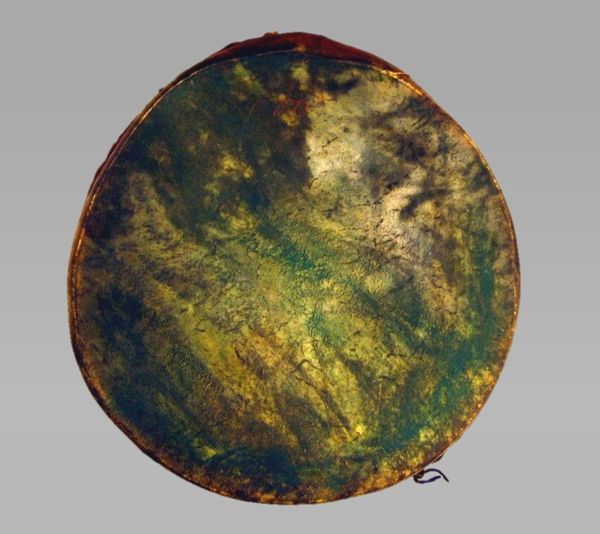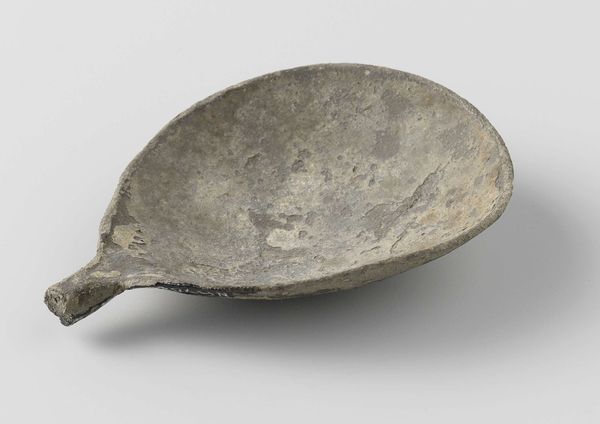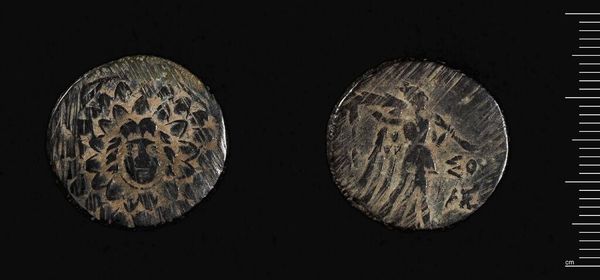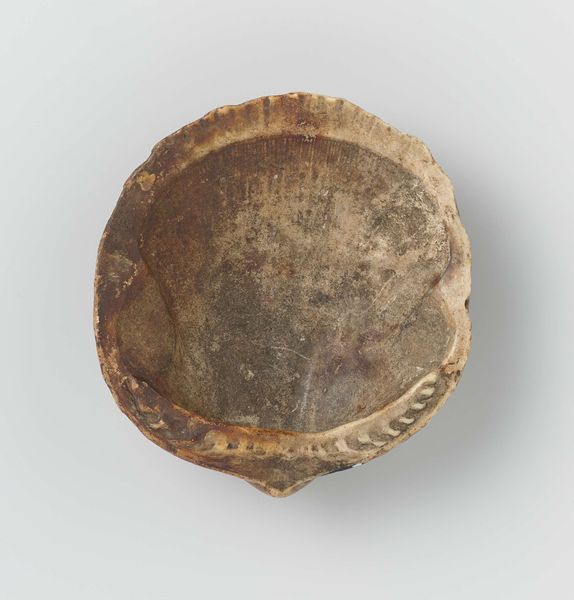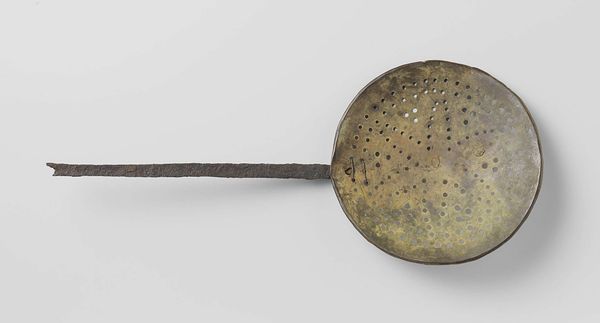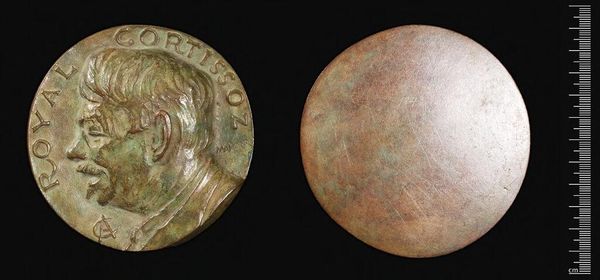
Kelyaut (frame drum) 19th century
0:00
0:00
wood
#
wood
#
indigenous-americas
Dimensions: Depth: 2.5 cm (1 in.); Max. Diam.: 41.5 cm (16-5/16 in.); Head Diam.: 41.5 cm (16-5/16 in.)
Copyright: Public Domain
Editor: This is a Kelyaut, a frame drum, created by the Northern Alaskan Eskimo in the 19th century. It looks like it's made of wood and possibly some textile. I’m struck by the simplicity of it. What do you see in this piece? Curator: Well, beyond the immediate visual, this drum speaks volumes about cultural survival and resilience. The object itself appears straightforward, but consider its purpose. Music, ritual, performance… These weren't just entertainment, but acts of resistance, maintaining cultural identity under immense pressure from colonization. How do you think the drum's sound might have been perceived by colonizers versus the Indigenous community? Editor: I guess colonizers might have seen it as savage or primitive, whereas within the community it held spiritual and historical weight. Curator: Exactly. It’s also crucial to think about who made this object, how it was used, and in what context. These drums were integral to communal gatherings, ceremonies, and storytelling – all vital components of a culture targeted for erasure. Look at the drum’s surface – those imperfections, the cracks… They tell a story of use, of survival. Does that change your initial impression of "simplicity"? Editor: It does. I was just focusing on the visual appearance, but it’s clear now that there’s so much more to consider – the history, the people, the power dynamics at play. Thanks! Curator: It’s about interrogating art, and challenging dominant narratives, through intersectional approaches that engage with gender, race, and identity to contextualize history. We’ve only scratched the surface, there’s so much to be uncovered from a single object like this drum!
Comments
No comments
Be the first to comment and join the conversation on the ultimate creative platform.
